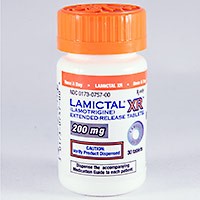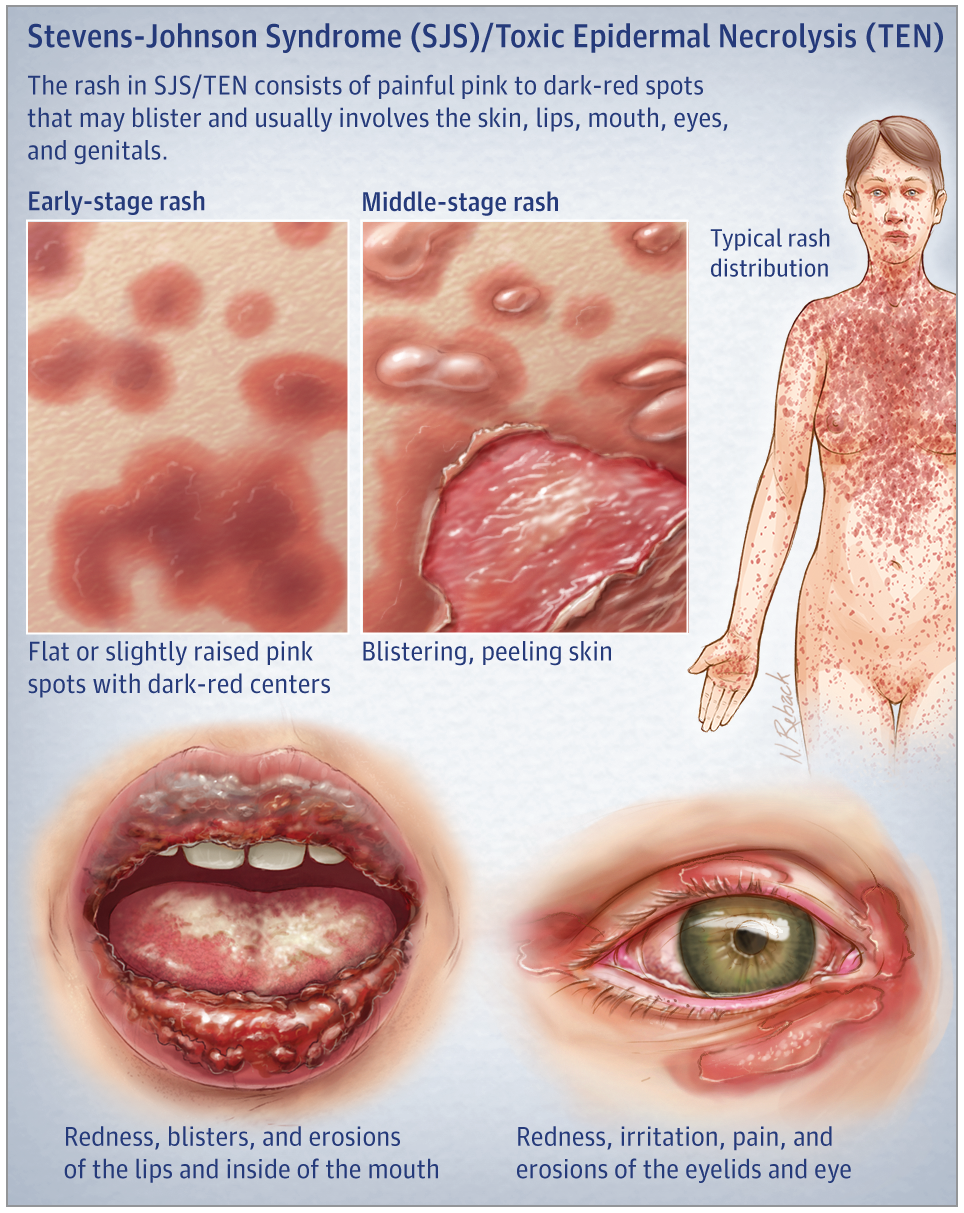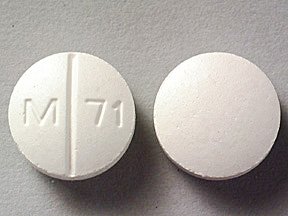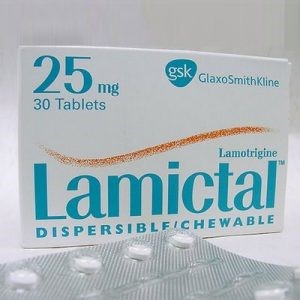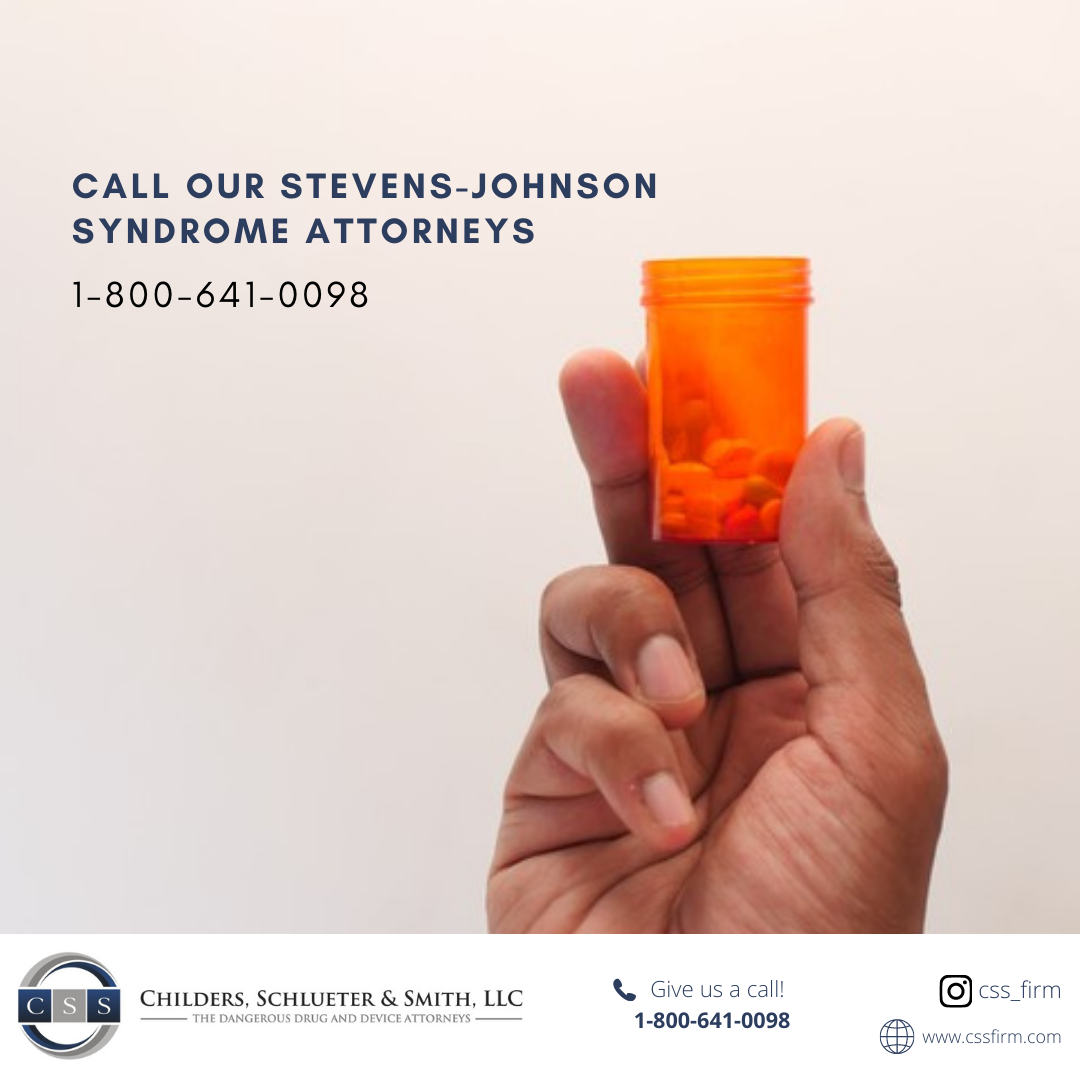A study has found that survivors of Stevens-Johnson syndrome (SJS) and toxic epidermal necrolysis (TEN) have a higher risk of cardiovascular morbidity and mortality, adding another potential complication to the ones SJS/TEN patients already face. Researchers in Taiwan analyzed data from more than 10,500 SJS/TEN survivors and compared it to data from more than 105,000 people without the conditions. They found that the risk of cardiovascular problems, specifically cerebrovascular accidents and ischemic heart disease, is elevated for four to seven years after diagnosis when compared to the general population. For older patients and those treated in the intensive care unit, the rates of mortality are even higher.
What is SJS?
Stevens-Johnson syndrome is a rare skin disorder that affects fewer than 20,000 people a year. SJS is often a reaction to a medication and starts with symptoms including fever, a sore throat, and fatigue. Sufferers may assume they’ve caught the flu, but symptoms eventually progress to skin pain, hives, a red or purple spreading rash, and body blisters. If you suspect you have SJS, it’s important to seek medical attention. Treatment for the condition usually involves hospitalization, stopping any medication that could’ve caused the reaction, and monitoring a patient for any further complications. Even someone with a seemingly simple case can develop complications that significantly lengthen recovery time.
What is TEN?
SJS progresses into toxic epidermal necrolysis when more than 30% of the skin is affected by the rash and accompanying blisters. The symptoms for TEN mirror those for SJS, but TEN is more severe. Along with skin pain, rashes, and blisters, the condition can cause sores and swelling at mucous membranes, including the mouth, eyes, and genitals. TEN can quickly become deadly. With a mortality rate of up to 50%, immediate care is vital. Medical professionals treat TEN with antibiotics, intravenous fluids, immunosuppressants, and other remedies. Getting medical help at the first signs of SJS is the most effective way to prevent TEN.
What Are The Long-Term Effects of SJS?
Stevens-Johnson syndrome and toxic epidermal necrolysis are devastating diagnoses that can be life-changing. Even when someone fully recovers from SJS/TEN, they may face lingering, permanent side effects. Dry eye syndrome, vision loss, hair loss, skin damage, and respiratory and gastrointestinal damage are all potential long-term complications of both conditions. Additionally, the psychological impact can be significant, and it’s not uncommon for a survivor to receive a diagnosis of post-traumatic stress disorder or struggle with feelings of anxiety post-incident. It can take days, weeks, or even months for symptoms to become fully apparent. For some, the long-term complications are debilitating, and leaving the hospital is just the beginning of their journey to recovery.
Which Cardiovascular Issues Are Linked?
The mortality rate for SJS/TEN has improved, but the effects are still being studied. The study that found higher risks of cardiovascular complications found that the risk is highest in the first year after diagnosis and can last for up to seven years. The research examined two conditions: Cerebrovascular accident and ischemic heart disease. Cerebrovascular accident (CVA) is the medical term for a stroke, which happens when there’s interrupted blood flow to the brain. Ischemic heart disease (IHD) occurs when plaque builds up, causing the heart’s arteries to narrow, which reduces blood flow to the heart. Both have serious consequences.

IHD increases the risk of heart attack, heart failure, and cardiac arrest, and patients might need surgery to improve. It can be managed through medication and lifestyle changes, but there is no cure. Strokes are a top cause of death and disability in the U.S. because of the brain damage that can result. Even a mild stroke can have permanent effects on balance, mobility, and speech. Both conditions require prompt medical care for the best possible outcome. But even if someone seeks treatment and follows all recommended steps, there’s no guarantee they’ll be okay in the long run — and sometimes, a preventable SJS/TEN case may be to blame.
Which Medications Cause SJS/TEN?
SJS/TEN can affect people of any age, race, or gender. Nearly 200 medications have been linked to the conditions, and the most common culprit is antibiotic drugs. Some medications that can lead to SJS/TEN are listed below.
- Antibiotics, including Sulfamethoxazole, Sulfas, Bactrim, penicillin, fluoroquinolones, and cephalosporins
- Nonsteroidal anti-inflammatory drugs (NSAIDs), including Feldene, Meloxicam, and Diclofenac
- Anticonvulsants, including Dilantin, Tegretol, Lamictal, Luminal, and Valproic acid
- Various medications like Allopurinol/Zyloprim/Aloprim, paracetamol/acetaminophen (Tylenol), and cotrimoxazole
Have you taken any medication from this list? If so, were you warned about the chance of complications? People often aren’t, which makes a SJS/TEN diagnosis even harder to process. Many SJS/TEN survivors say they wouldn’t have taken the medications had they known about the risk. The conditions are often discussed within the context of medical malpractice, which is negligence caused by a health provider. If a medical professional doesn’t warn you about the potential effects of a medication or share warning signs to look out for, and you later experience complications, you may have experienced malpractice.
The drug manufacturer may also act negligently when it fails to warn the public about a medication’s link to SJS/TEN. If someone hasn’t heard of Stevens-Johnson syndrome and doesn’t know anything about the symptoms, they may continue to take the problematic medication without any idea that it might exacerbate the damage that SJS and TEN can cause. Additionally, because of its rarity, SJS/TEN can be misdiagnosed, which makes it even more difficult to receive treatment; a delayed diagnosis increases the risk of TEN. If you got sick and had no idea about the potential for complications, you should talk to an attorney about your legal options. Proving negligence in a healthcare setting can be difficult, which is why it’s important to hire a lawyer familiar with SJS/TEN and its causes.
SJS/TEN: What’s Next?
If you’ve experienced SJS/TEN, you know firsthand that the effects can be life-altering. Even if you’ve made a recovery, the physical, psychological, and financial toll is impossible to ignore, especially when we don’t fully understand the potential long-term effects of the condition, and research is making it clear that things may be worse than we envisioned.
Stevens-Johnson syndrome and toxic epidermal necrolysis are preventable. If you weren’t sufficiently warned, you may have grounds for a Stevens-Johnson syndrome lawsuit. Finding the right attorney can be an overwhelming prospect, but it’s essential to research until you find a firm experienced with SJS/TEN. While no one can undo the pain SJS/TEN causes, the Atlanta SJS lawyers at Childers, Schlueter & Smith are here to help you recover fully. Our attorneys will advocate for you and protect your rights while facing the responsible parties on your behalf — drug companies, healthcare providers, and more. Contact us online or call 1-800-641-0098 to learn more and schedule a free case evaluation.
Other Stevens-Johnson Syndrome News
Medical negligence may contribute to Stevens-Johnson Syndrome (SJS) or Toxic Epidermal Necrolysis (TEN). Learn how drug errors, misdiagnosis, or lack of warnings could support a legal claim.
Lamictal has been linked to Stevens-Johnson Syndrome (SJS), a life-threatening skin reaction. Learn how improper prescribing or dosing may lead to serious injuries and legal action.
If you've been diagnosed with Stevens-Johnson Syndrome or Toxic Epidermal Necrolysis, it’s critical to act quickly and consult an experienced attorney to protect your legal rights and potential claim.
Allopurinol, a common gout medication, has been linked to Stevens-Johnson Syndrome—a rare but serious skin reaction that may require hospitalization and lead to long-term complications.
Improperly prescribed Allopurinol and Lamictal are leading causes of SJS/TEN. Learn how medical errors may have contributed to your injury—and why early legal action is essential.
If you or a loved one developed Stevens-Johnson Syndrome or TEN, choosing an experienced legal team is critical to securing compensation. Learn how our proven SJS/TEN attorneys build successful claims.


